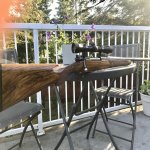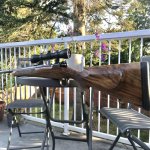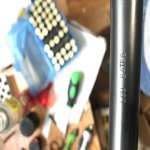- Location
- Western Manitoba
View attachment 718885
^ This is exactly what I'm referring to, we're just speaking a different language.
Your picture shown is "spot on" to what I was referring to - I have seen some Husqvarna rifles - not sure if from factory or as "after market" - has a "push button" knob sticking out bottom of floor plate, near the trigger guard loop - releases the catch inside when depressed - but is on non-hinged floor plates, now that I think about it. I do not own any of those - all mine need pointy bullet, punch or rounded screw driver stuck in the hole to release that catch.















































































